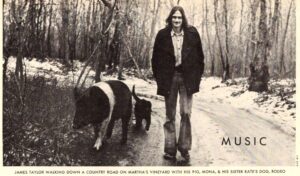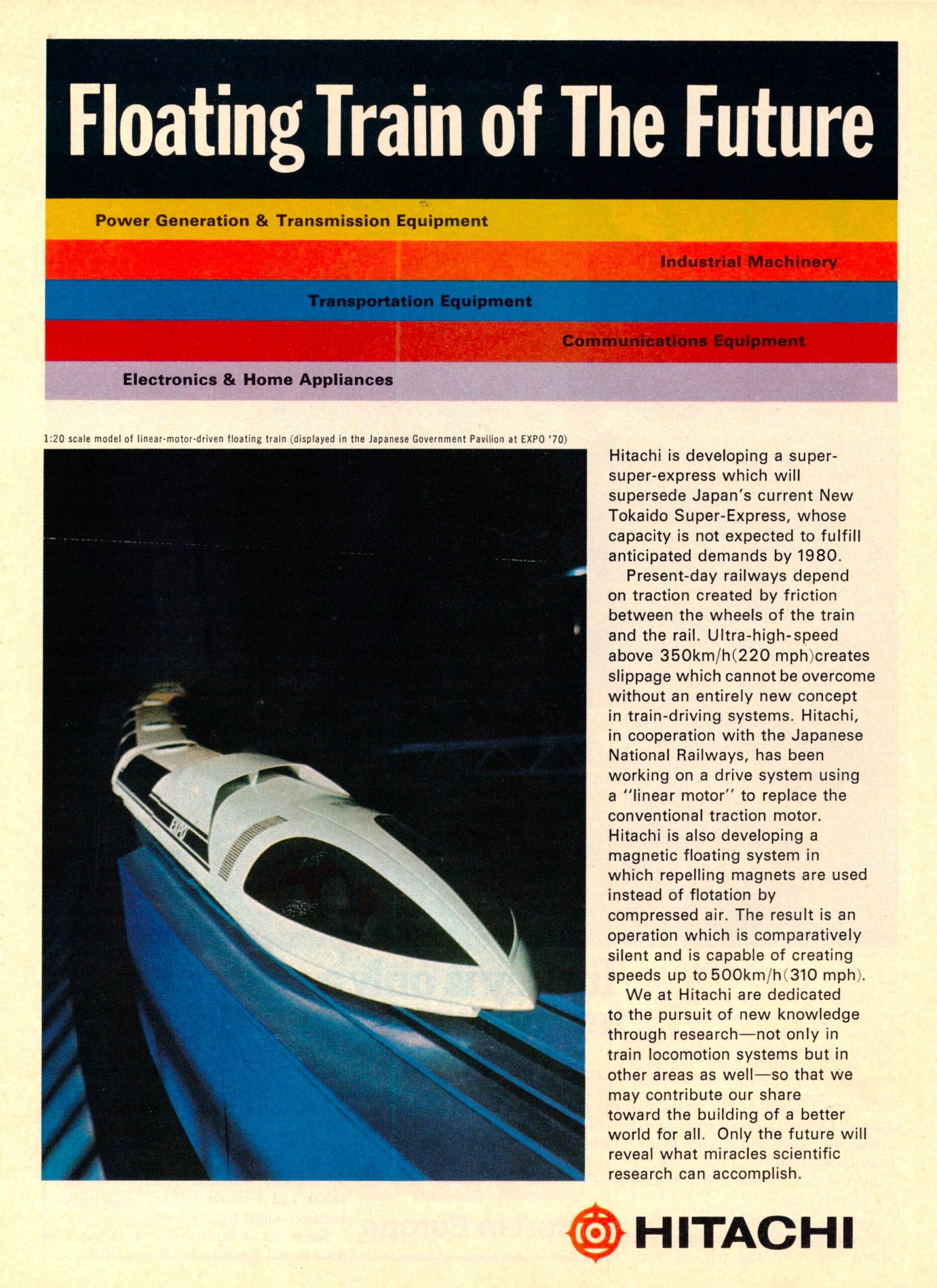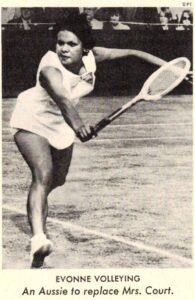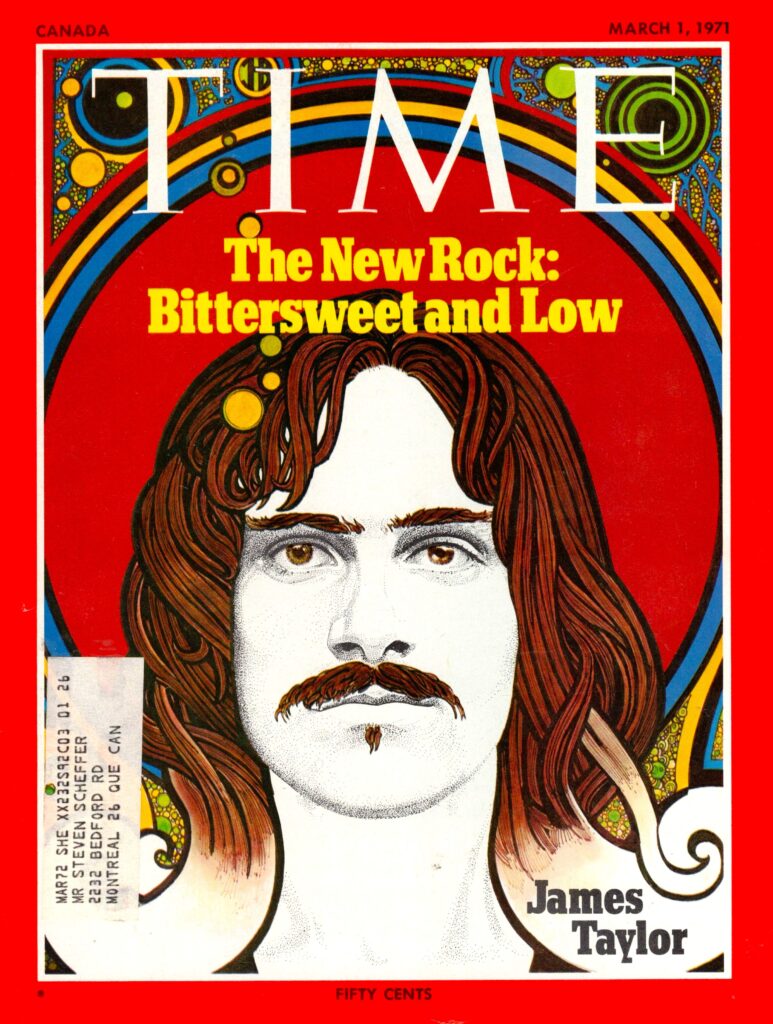Our vintage TIME magazine this week is from March 1, 1971 and features Musician James Taylor on the cover. Taylor was just starting to see success on the music scene and he was already recognized as Rock’s new sound.
We also look at a few other interesting articles and ads within this magazine, but there is much more between the pages. If you want to check out the rest for yourself, then you can find this issue and many more at PFTP Antiques.
The New Sound of Rock

After his recent success, James Taylor was starting to become the new sound of rock at the age of 22. His music was described as a mix of mainstream pop, country, folk and the blues. He was inspired by several idealistic concerns including the misuse of nature, wealth, and the manipulation of people. He stated “Nothing is wrong in making as much bread as you need, but there are things wrong in making more bread than you need.” In order to help balance his earnings with his feelings about wealth, Taylor began giving away some of his proceeds to Hopi Indians and other groups. He said “I wish I were really part of the environment, part of the land, instead of a successful Caucasian.”
Unfortunately for him, he is still just a successful Caucasian in 2024. Online his net worth is estimated to be about 90 million dollars. I guess 90 million must be just the right balance of bread that is as much as he needs but not more than he needs. Seriously though, I have no idea how much he has given to various causes throughout his career. He may have continued to contribute significantly over the years.
James Taylor went on to be a six-time Grammy Award winner and was inducted into the Rock and Roll Hall of Fame in 2000. He is one of the best-selling musicians of all time. He has sold more than 100 million records worldwide starting with his first No. 1 hit “You’ve Got a Friend” in 1971.
Hitachi Floating Train Advertisement

Rating your Stress Level

As many of us know all too well, change can bring a lot of stress. Professor Holmes from the University of Washington in Seattle found that many changes, coming too close together, often trigger illness or depression.
Holmes created a grading scale that assigned values to various different stressors. Within this scale, a score of 300 identified the potential for increased problems. In fact, 80% of people who scored 300 or greater on Holmes’ scale became depressed, had heart attacks, or developed another serious illness. Lower scores of 150-300 saw 53% of people similarly impacted and 33% of those scoring up to 150.
At the time of this publication in 1971, Holmes’ research signalled that people could reduce the likelihood of depression and illness by better stress management.
Distance Learning
Distance learning has become common today and it is a convenient alternative for many who are not able to attend physical classes. However, today we have lots of resources to make this type of learning possible. I was surprised when I came across an article in 1971 for a legitimate distance learning university program.
The article stated “Earn a degree at home in your spare time.” and made sure to highlight that this wasn’t some instant-diploma mill, but actually a program run through the State University of New York. The initial enrolment would see 500 students enrolled in a new S.U.N.Y. college.
Instead of online learning that we have available today, these students would conduct all of their work at home with mail correspondence courses, TV lectures and cassettes. The students would still have to appear at learning centers for tutoring sessions about once per month. I completed part of my education through a very similar program when I was living in Hawaii and attending a university on the mainland. I found it to be much harder than in person classes. In my experience I have found that there are a lot more spontaneous discussions between classmates when going to school in person. Also, on campus obviously makes it easier to engage with instructors and school resources.
Despite some of the difficulties associated with this type of distance learning, it provided access to higher learning to many people who wouldn’t otherwise have the ability to earn a degree.
Australian of the Year

In 1971 Evonne Goolagong was an emerging tennis star from the small New South Whales, Australia town of Barellan Swelters. Miss Goolagong pulled off a huge upset to win the Victorian Women’s Singles against Margaret Court who was one of the best female tennis players at the time. Evonne later went on to also win the New Zealand championship against Betty Stove.
Evonne Goolagong started her training at the age of six with the Barellan tennis club. At the age of ten, the club president entered her in a Naranndera tournament. However, the tournament didn’t have a youth division, so ten-year-old Evonne competed anyway and won the woman’s singles.
After continuing to win smaller tournaments, she caught the attention of Vic Edwards. Initially, the Goolagong family couldn’t afford to hire coach Edwards, but the town of Barellan raised the money to cover the costs of her training. By the time Evonne was 14, Edwards was completely certain that she would have a successful future in the sport. As a result, he had her move in with his family and continue her training.
This article mentions that Evonne had her sights set on Wimbledon for 1974. Instead, she won the women’s singles tournament later in 1971.
Evonne Goolagong became one of the world’s best female tennis players from 1970 to the early 1980’s. She won the French Open singles and the Australian Open doubles at 19-years old. She won Wimbledon again in 1980 as a mother. Goolagong went on to win 14 Grand Slam tournament titles. She represented Australia in three Fed Cup competitions, and won the title in 1971, 1973 and 1974.
In 1971 Evonne was named Australian of the Year. Appointed as a Member of the Order of the British Empire in 1972. Appointed as an Officer of the Order of Australia in 1982. Inducted into the Sport Australia Hall of Fame in 1985. Inducted into the International Tennis Hall of Fame in 1988 Inducted into the Aboriginal Sporting Hall of Fame in 1989.
Wrap up
This was a quick look at a few articles from the March 1, 1971 issue of TIME magazine. This magazine is also packed with a lot of other topics that give a unique look at what was going on this week in TIME. You can find the full issue and many more at PFTP Antiques. Come check out our inventory to see what else we have to offer.
We would love to here from our readers about their thoughts regarding these articles, so please leave a comment.
Next week we are going to see what was going on in the issue of TIME magazine from March 14, 1988.
